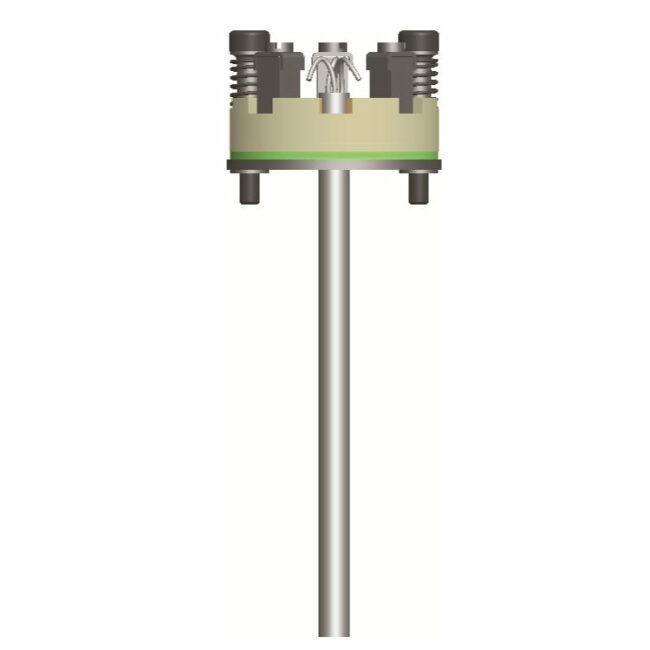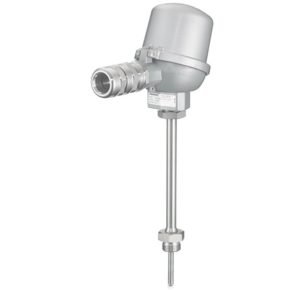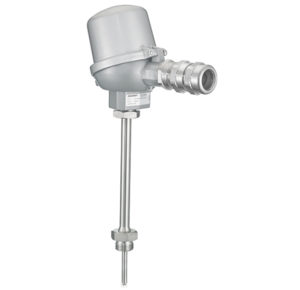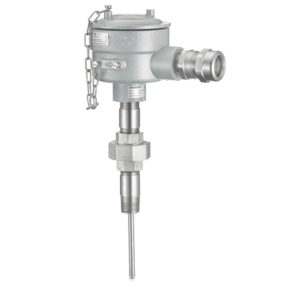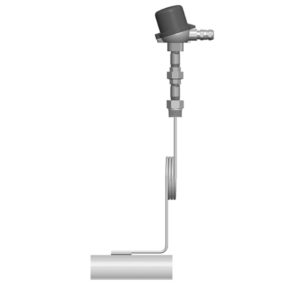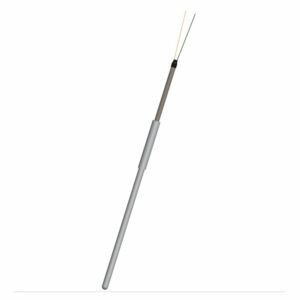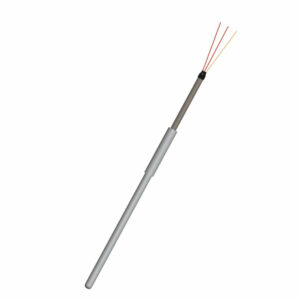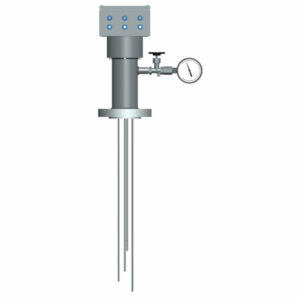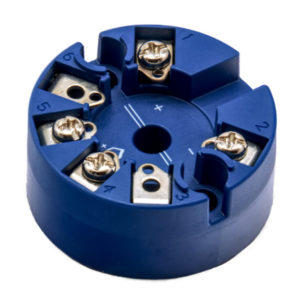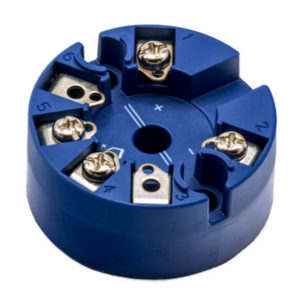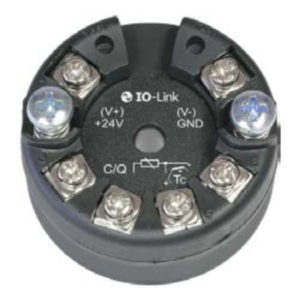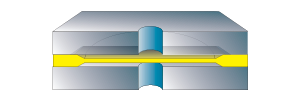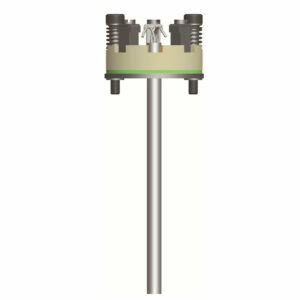

S01 RTD Insert
S01 RTD Insert
Features & Properties
Use & Application
Downloads
Features & Properties
Use & Application
Downloads
Data Sheets
Declaration of Conformity
S01 RTD Mineral Insulated Probe Insert Assemblies used in industrial applications for probe replacements.
Key Features
Designed for DIN 43772 thermowells
Manufactured to IEC 60751
Available with and without transmitters
Mineral Insulated Inset
Designed for ISA-ds 49 style thermowells
Intrinsically Safe designs available
Markets & Applications
Energy
Food and Beverage
Oil and Gas
Pharmaceuticals
HVAC-R
Chemical and Petrochemical
- Specifications
- Downloads
Stem Diameter
1/8", 3/16", 1/4"
3 mm, 4.5 mm, 6 mm, 8 mm
Wiring Configuration
2 wire single or dual
3 wire single or dual
4 wire single or dual
Ranges
Pt100: -200 ... 600°C
Pt1000: -40 ... 600°C
Accuracy
Class A
Class B
Class AA
Stem length
50 ... 3000 mm
Probe Sheath
Stainless steel 316L (1.4404)
Data Sheets
Declaration of Conformity
- Category: Electronic Temperature Devices
We’re glad to be there for you personally.
Siamo personalmente a vostra disposizione!
Nous sommes personnellement là pour vous.
Şahsen yanınızda olmaktan mutluluk duyuyoruz.
We zijn blij dat we er persoonlijk voor u kunnen zijn.
Wir sind persönlich für Sie da!
Siamo personalmente a vostra disposizione!
Nous sommes personnellement là pour vous!
Select your Region!

